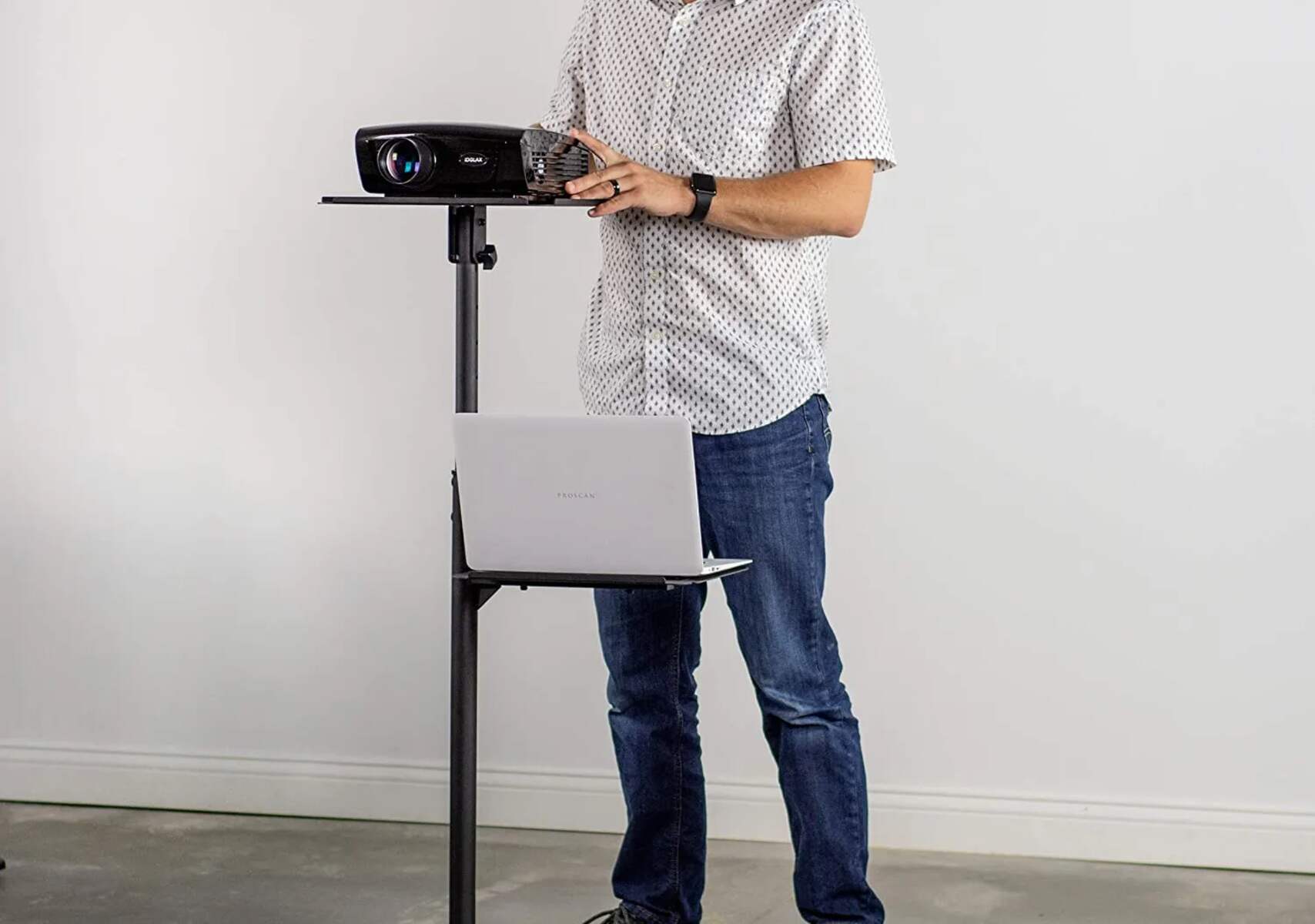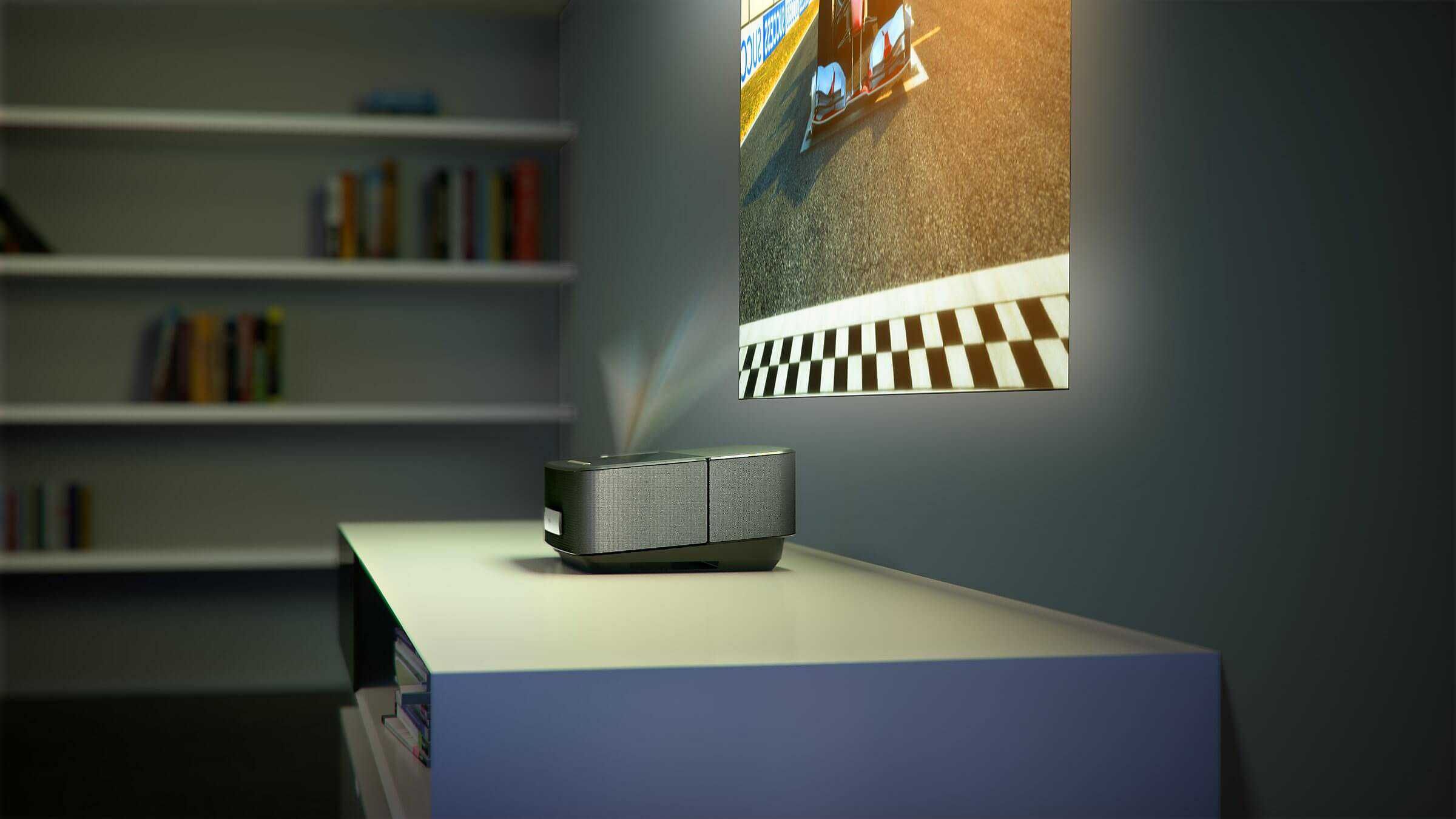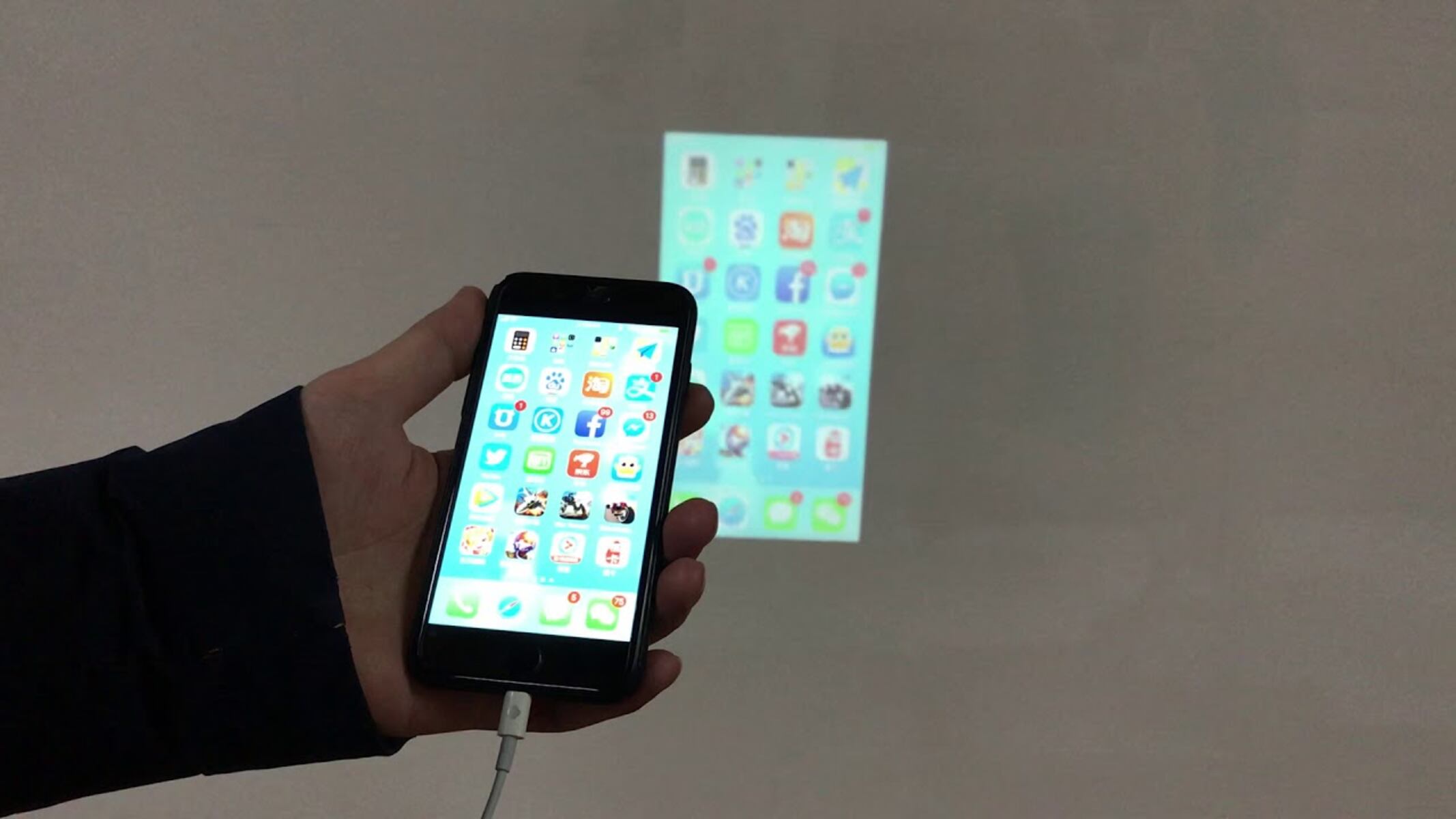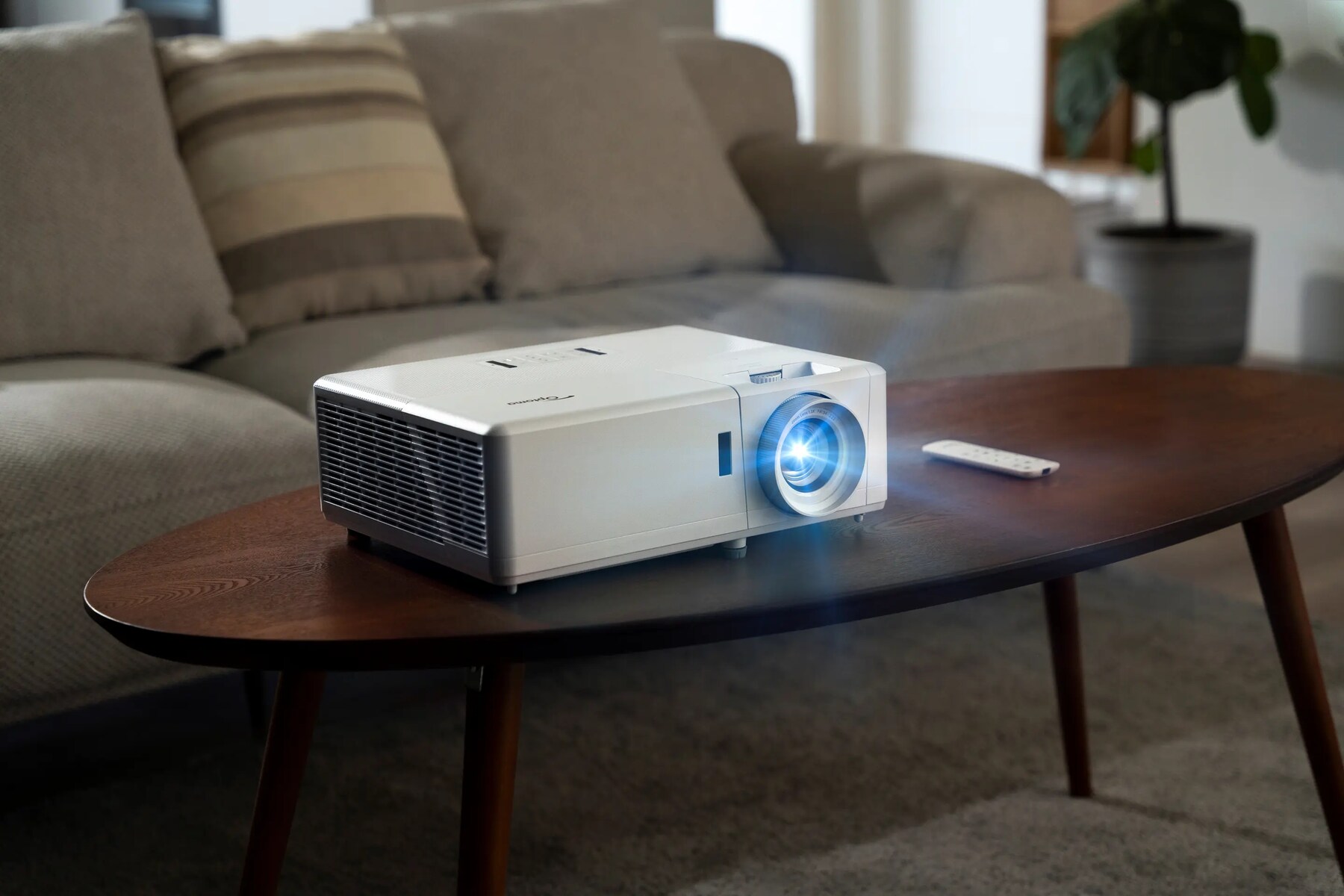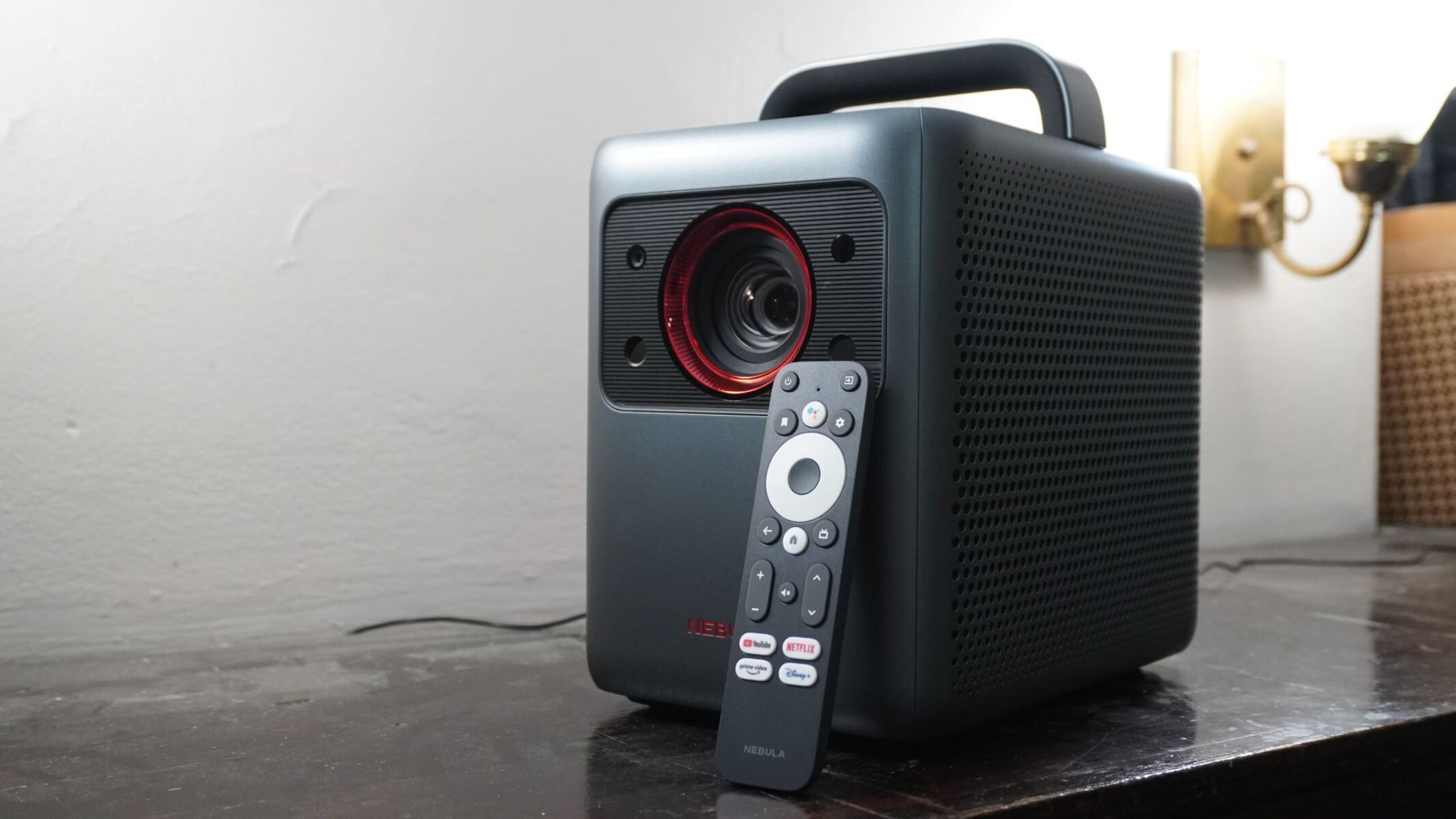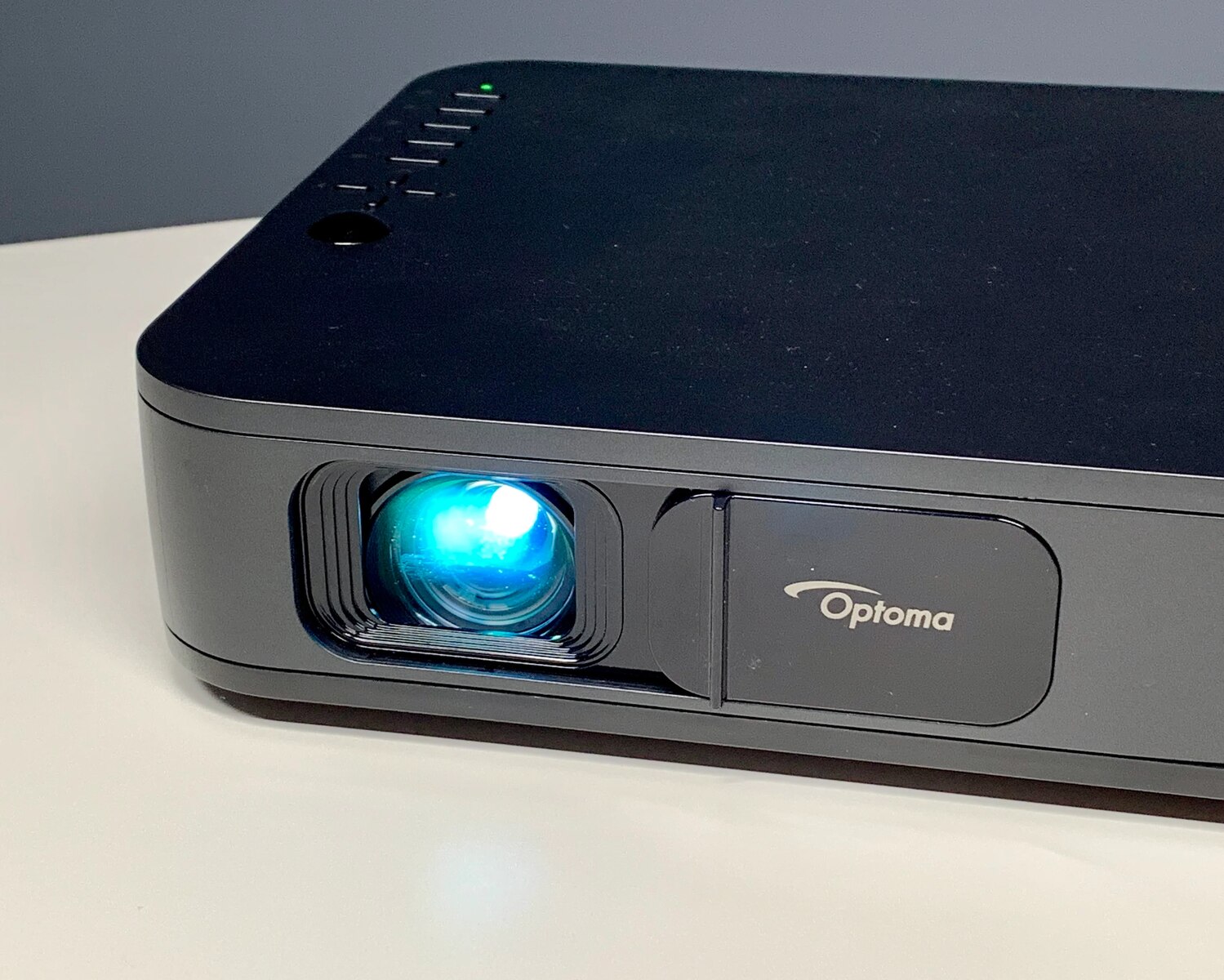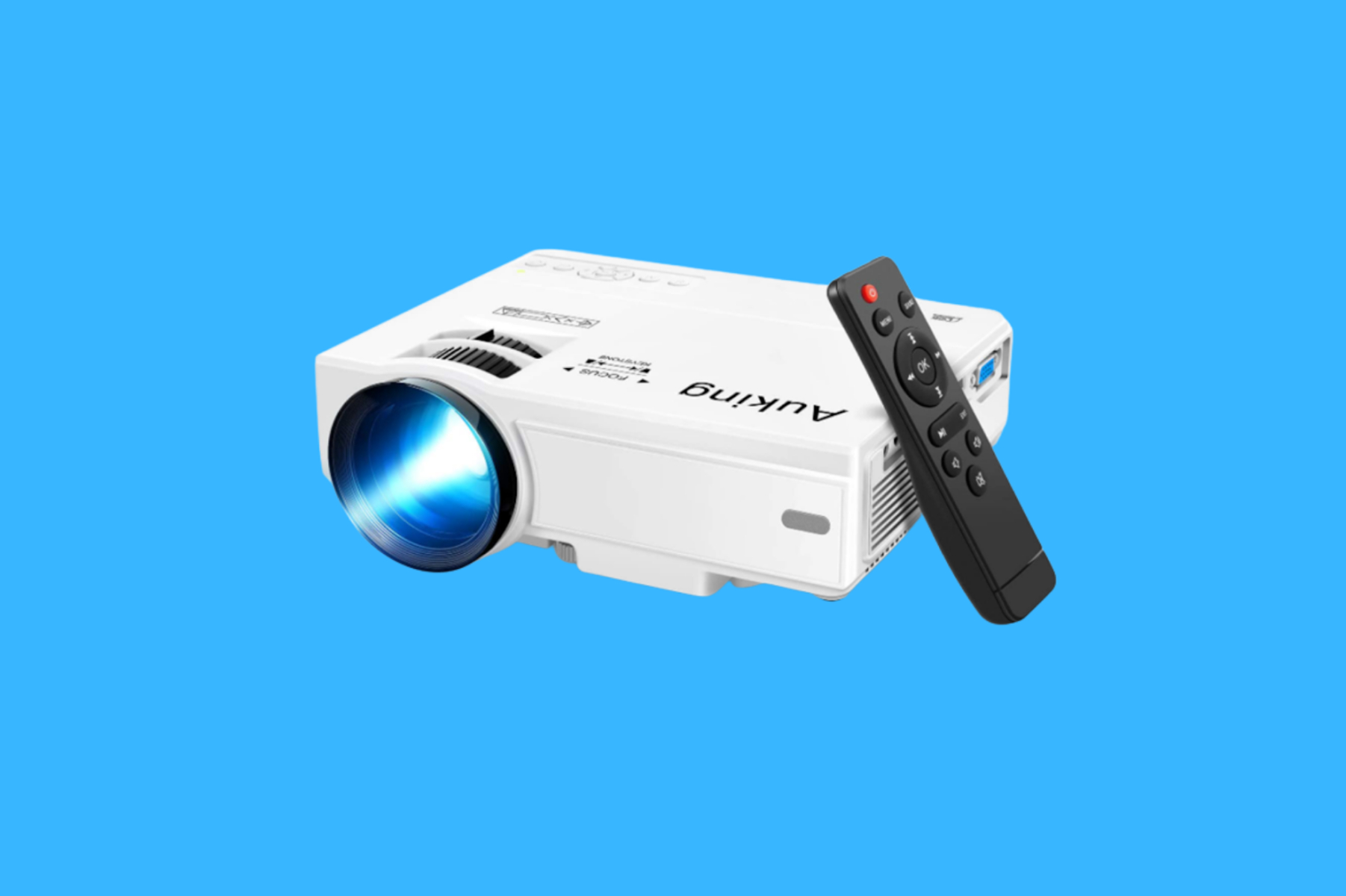Introduction
Welcome to the world of wireless projections! In today’s digital age, connecting to a projector wirelessly has become incredibly convenient and efficient. Whether you’re in a classroom, conference room, or even your living room, the ability to seamlessly project your content without the hassle of cables and cords is a game-changer.
In this article, we will explore the various methods of connecting to a wireless projector. From utilizing Wi-Fi Direct to leveraging Miracast and wireless presentation systems, we’ll cover all the bases. So, get ready to untether yourself from the constraints of traditional projector connections and embrace the freedom of wireless projection.
Before we dive into the specifics, let’s take a moment to understand what wireless projectors are and how they work. Unlike their wired counterparts, wireless projectors rely on wireless technologies such as Wi-Fi or Bluetooth to establish a connection between a device and the projector itself. This allows for a seamless transfer of audio and visual data, enabling you to project content wirelessly.
Wireless projectors offer numerous advantages. First and foremost, they eliminate the need for cumbersome cables, making setup and teardown a breeze. Gone are the days of untangling cords and worrying about cable length limitations. With wireless projectors, you can connect your device from anywhere within range, providing you with greater flexibility and convenience.
Moreover, wireless projectors promote a clutter-free environment. Say goodbye to a jumble of cords and adapters cluttering your workspace. With wireless connectivity, you can enjoy a clean and organized setup, allowing your audience to focus solely on your content without any distractions.
Wirelessly connecting to a projector also opens up new possibilities for collaboration and interaction. Whether you’re conducting a presentation, sharing educational materials, or even hosting a movie night, the ability to project wirelessly fosters engagement and enhances the overall experience.
Now that we have a clear understanding of wireless projectors and their benefits, let’s explore the different methods you can use to connect to these innovative devices. Whether you’re tech-savvy or a novice, we’ve got you covered with step-by-step instructions and troubleshooting tips.
Understanding Wireless Projectors
Before delving into the various ways to connect to a wireless projector, it’s important to have a solid grasp of how these devices function. Wireless projectors are equipped with built-in wireless capabilities that allow you to establish a connection with your device without the need for physical cables.
Wireless projectors typically operate using either Wi-Fi or Bluetooth technology. Wi-Fi-enabled projectors utilize a wireless network to establish a connection with your device, while Bluetooth-enabled projectors connect directly to your device using Bluetooth technology. Understanding which technology your wireless projector supports is essential when determining the best method to connect.
Moreover, wireless projectors offer different levels of compatibility with various devices. Many wireless projectors are compatible with laptops, smartphones, tablets, and even gaming consoles, making them versatile and accessible for a wide range of users.
When it comes to the quality of the wireless connection, it’s important to note that certain factors can impact performance. The distance between the projector and your device, as well as any physical obstacles or interference, can affect the stability and range of the wireless connection. It’s always advisable to be within the recommended range and minimize any potential obstructions for optimal performance.
Some wireless projectors come with additional features such as screen mirroring, allowing you to replicate the display of your device onto the projector screen. This feature is particularly useful for presentations, as it enables you to share the exact content displayed on your device with a larger audience.
Understanding the inner workings and capabilities of wireless projectors is crucial in leveraging their full potential. Whether you’re connecting for business presentations, educational purposes, or entertainment, having a solid understanding of wireless projectors will ensure a seamless and productive experience.
Now that we have a firm grasp of wireless projectors, let’s explore the different methods you can use to connect to them wirelessly. Whether you’re connecting via Wi-Fi Direct, utilizing Miracast, or opting for a wireless presentation system, we’ll guide you through the steps to establish a hassle-free connection.
Connecting Using Wi-Fi Direct
One of the most common and straightforward methods to connect to a wireless projector is through Wi-Fi Direct. Wi-Fi Direct allows you to establish a direct connection between your device and the projector, eliminating the need for a traditional Wi-Fi network.
To connect using Wi-Fi Direct, follow these steps:
- Ensure that your device and the wireless projector are both Wi-Fi Direct compatible. Most modern devices and projectors support this feature.
- Turn on the Wi-Fi Direct feature on both your device and the projector. This is typically found in the settings menu or Wi-Fi settings.
- On your device, go to the Wi-Fi settings and select the option to scan for available Wi-Fi networks.
- Locate and select the wireless projector from the list of available devices.
- Enter any required passwords or PIN codes to establish the connection. These might be provided by the manufacturer or displayed on the projector screen.
- Once the connection is established, your device should be connected to the wireless projector, and you can begin projecting your content.
It’s important to note that the steps may vary slightly depending on the device and projector model. Refer to the user manuals or online documentation for specific instructions.
Wi-Fi Direct offers a convenient and reliable way to connect to a wireless projector, especially in situations where setting up a Wi-Fi network is not feasible or practical. Whether you’re in a location with limited internet access or need to quickly connect without relying on a network, Wi-Fi Direct provides a direct and efficient solution.
With Wi-Fi Direct, you can enjoy seamless and uninterrupted projections. Whether it’s for work presentations, educational purposes, or entertainment, connecting using Wi-Fi Direct allows you to project your content effortlessly and without the hassle of cables.
In the next section, we will explore another popular method of connecting to a wireless projector—utilizing Miracast. Miracast provides a screen mirroring capability that allows you to replicate your device’s display onto the projector screen.
Connecting Using Miracast
Miracast is a wireless display technology that enables you to mirror the screen of your device onto a compatible wireless projector. It allows for seamless content sharing and is widely supported by many modern devices and projectors.
To connect using Miracast, follow these steps:
- Ensure that both your device and the wireless projector support Miracast. Most recent smartphones, tablets, and laptops are Miracast compatible.
- On your device, go to the settings menu and locate the display or wireless display option.
- Scan for available devices and select the wireless projector from the list.
- Once selected, your device will establish a connection with the projector.
- The projector will then display the mirrored content from your device’s screen.
Some devices may require a PIN or verification code to establish the Miracast connection. In such cases, the code will typically be displayed on the projector’s screen and must be entered on the device.
Using Miracast provides a seamless and efficient way to project your device’s screen onto a wireless projector. It enables you to share presentations, videos, and other content with ease, making it an excellent choice for business meetings, educational settings, and entertainment purposes.
While Miracast is compatible with a wide range of devices, it’s essential to ensure that your specific device and wireless projector support this feature. Consult the user manuals or online documentation for your device and projector to confirm Miracast compatibility.
If your device or projector doesn’t support Miracast, you can explore alternative solutions such as using a wireless presentation system, which we will discuss in the next section.
Now that we have covered the connection method using Miracast, let’s move on to another option: connecting to a wireless projector using a wireless presentation system.
Connecting Using a Wireless Presentation System
A wireless presentation system is an all-in-one solution that allows you to connect multiple devices to a wireless projector simultaneously. These systems typically consist of a base station and accompanying software, enabling seamless content sharing and collaboration.
To connect using a wireless presentation system, follow these steps:
- Set up the wireless presentation system by connecting the base station to your wireless projector using an HDMI or VGA cable. Consult the user manual for specific instructions.
- Install the wireless presentation system software on your device. This may involve downloading an application or visiting a website to access the system’s interface.
- Launch the wireless presentation system software on your device.
- Follow the on-screen instructions to connect your device to the base station.
- Once connected, you can begin sharing your content wirelessly with the projector and other connected devices.
Wireless presentation systems offer several benefits, including the ability to connect multiple devices simultaneously. This makes them ideal for collaborative environments such as classrooms or meeting rooms, where multiple presenters may need to share their content.
Additionally, wireless presentation systems often provide advanced features such as annotation tools, screen recording, and remote control capabilities. These features enhance the overall presentation experience and allow for interactive and engaging sessions.
It’s important to note that wireless presentation systems may have specific compatibility requirements. Some systems may be compatible with specific operating systems or devices, so ensuring that your devices are supported is crucial. Refer to the manufacturer’s documentation for compatibility information.
By utilizing a wireless presentation system, you can enhance collaboration, streamline content sharing, and make your presentations more dynamic and engaging. Whether you’re in an educational or professional setting, a wireless presentation system is a powerful tool for seamless and efficient content sharing on a wireless projector.
Now that we have explored the three main methods of connecting to a wireless projector—Wi-Fi Direct, Miracast, and wireless presentation systems—it’s time to address any potential issues you may encounter during the wireless connection process. In the next section, we will provide troubleshooting tips to help you overcome common connectivity challenges.
Troubleshooting Wireless Connection Issues
While connecting to a wireless projector is usually a seamless process, there may be occasions when you encounter connectivity issues. Here are some common troubleshooting tips to help you resolve wireless connection problems:
- Check Wi-Fi/Bluetooth Settings: Ensure that the Wi-Fi or Bluetooth settings on both your device and the wireless projector are turned on and properly configured. Make sure that the wireless projector is in discoverable mode if necessary.
- Verify Compatibility: Confirm that your device and wireless projector are compatible with the chosen wireless connection method (Wi-Fi Direct, Miracast, or wireless presentation system). Consult the user manuals or online documentation for compatibility information.
- Move Closer: If you’re experiencing a weak or unstable connection, try moving your device closer to the wireless projector. The proximity can help improve signal strength and stability.
- Remove Interferences: Ensure that there are no physical obstructions or interfering devices, such as other electronic devices or walls, between your device and the wireless projector. These can weaken the wireless signal and disrupt the connection.
- Restart Devices: If you’re encountering persistent connection issues, try restarting both your device and the wireless projector. Sometimes, a simple reboot can resolve temporary glitches.
- Update Firmware/Software: Check for any available firmware or software updates for both your device and the wireless projector. Keeping them up to date can address compatibility issues and improve overall performance.
- Reset Network Settings: If all else fails, you can try resetting the network settings on your device and reconfigure the connection. This will revert any network-related settings to their default state.
If you’re still unable to establish a successful wireless connection, it’s advisable to consult the user manuals or contact the manufacturer’s support for further assistance. They can provide specific troubleshooting steps based on your device and wireless projector model.
Remember, troubleshooting wireless connection issues may vary depending on the specific devices and connection methods. Patience and persistence are key when dealing with technical challenges, and with the right troubleshooting steps, you’ll be able to overcome them and enjoy a seamless wireless connection to your projector.
Conclusion
Wireless projectors have revolutionized the way we connect and present our content. The ability to connect wirelessly, whether through Wi-Fi Direct, Miracast, or a wireless presentation system, provides convenience, flexibility, and enhanced collaboration opportunities.
By understanding the different methods of connecting to a wireless projector, you can choose the option that best suits your needs and devices. If you prefer a direct connection without relying on a Wi-Fi network, Wi-Fi Direct is an excellent choice. If you want to mirror your device’s screen onto the projector, Miracast offers a seamless screen sharing experience. And for collaborative environments, a wireless presentation system provides the versatility to connect multiple devices simultaneously.
Should you encounter any wireless connection issues, remember to check settings, verify compatibility, and troubleshoot common problems such as weak signals or physical obstructions. By following the troubleshooting tips, you can overcome these challenges and establish a successful wireless connection.
Wireless projectors have transformed the way we share and present information, offering flexibility and convenience in various settings, from classrooms to conference rooms to home entertainment systems. By embracing wireless technology, you can untether yourself from the constraints of cables and cords and enjoy a seamless, productive, and engaging projection experience.
So, whether you’re delivering a compelling presentation, sharing educational materials, or simply enjoying a movie night with friends, wireless projectors provide the freedom and flexibility to take your content to new heights. Embrace wireless connections and unlock the full potential of your projector for a truly immersive and dynamic experience.









